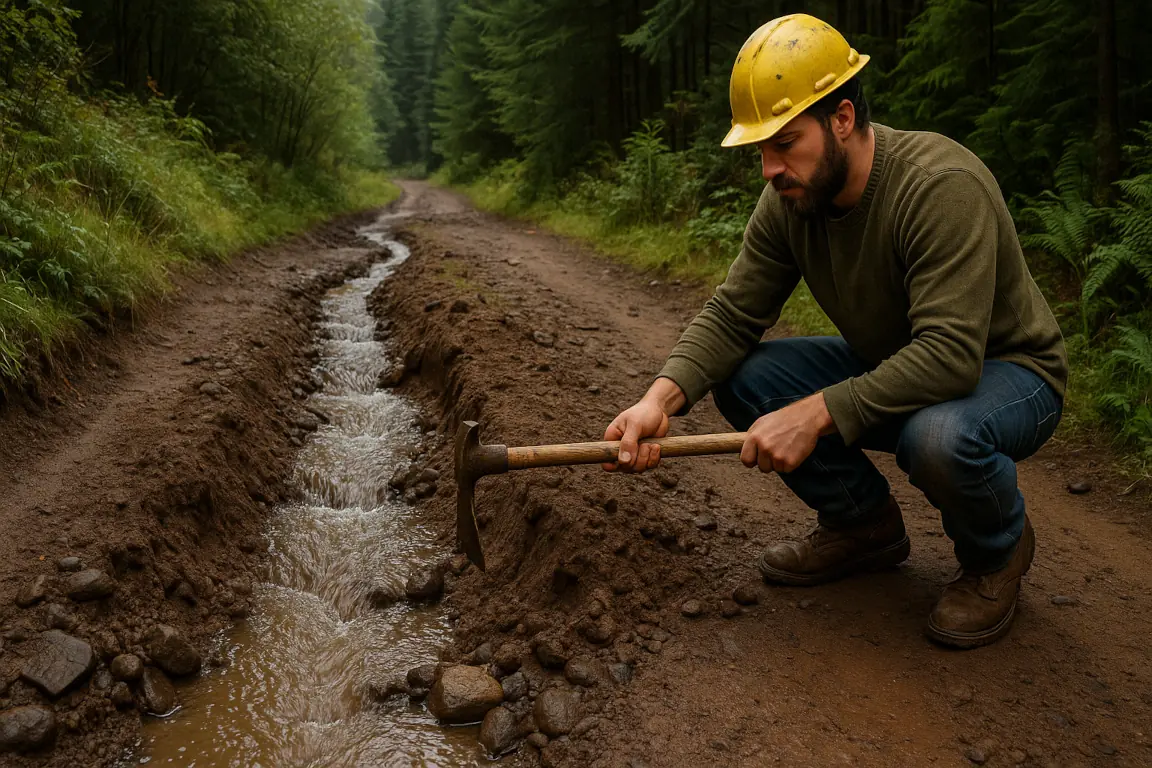Trail Grade Calculator
Calculate sustainable slope percentages based on soil type, precipitation, and expected traffic
Design sustainable trail grades that minimize erosion and maintenance. Our calculator considers soil type, precipitation levels, expected traffic, and other environmental factors to recommend optimal trail slopes for long-term sustainability.
Results will appear here
Enter trail characteristics to calculate sustainable grades
Note: This calculator is a guideline only. Results may include a margin of error. Always verify in the field.
Step-by-step guide to determining optimal trail grades that minimize erosion and maintenance requirements using our physics-based calculator.
Trail Grade Design Principles
The calculator applies key principles of sustainable trail grade design:
- Half Rule: Trail grade should be no more than half the grade of the hillside
- Maximum Sustainable Grade: Upper limit based on soil type and rainfall
- Average Grade: Recommended overall grade for trail segments
- Grade Reversals: Frequency of grade changes to shed water
Select Soil Type
Choose the predominant soil type in your trail area from the dropdown menu. Different soils have different erosion resistance properties.
Select Precipitation Level
Choose the typical annual precipitation for your region. Higher rainfall areas require gentler grades to remain sustainable.
Select Traffic Level
Estimate the expected amount of trail traffic. Heavily used trails require more conservative grades to withstand increased wear.
Enter Hillside Slope
Enter the natural slope of the hillside where the trail will be built. This helps calculate appropriate grades based on the Half Rule.
Review Results
Examine the recommended maximum and average trail grades, along with the maximum grade for short sections. Use these guidelines for your trail design.
Results Update Automatically
The calculator will instantly provide results as you change the input values. No need to click a calculate button.
Proper trail grade design is essential for sustainability. Consider these additional factors when planning your trail grades.
Vary the Grade
Avoid consistent grades over long distances. Incorporate grade variations to create natural drainage opportunities and add interest to the trail experience.
Consider User Experience
Steeper grades increase technical difficulty. For multi-use or beginner trails, stay on the lower end of the sustainable range. For advanced trails, you can use grades closer to the maximum.
Outslope the Tread
Combine proper grades with a 3-5% outslope on the trail tread to encourage water to sheet across the trail rather than running down it.
Anticipate Soil Compaction
New trails will compact over time, potentially changing drainage patterns. Build grade reversals slightly deeper than needed initially to account for future compaction.


